Swiss solar plane ends round-the-world tour
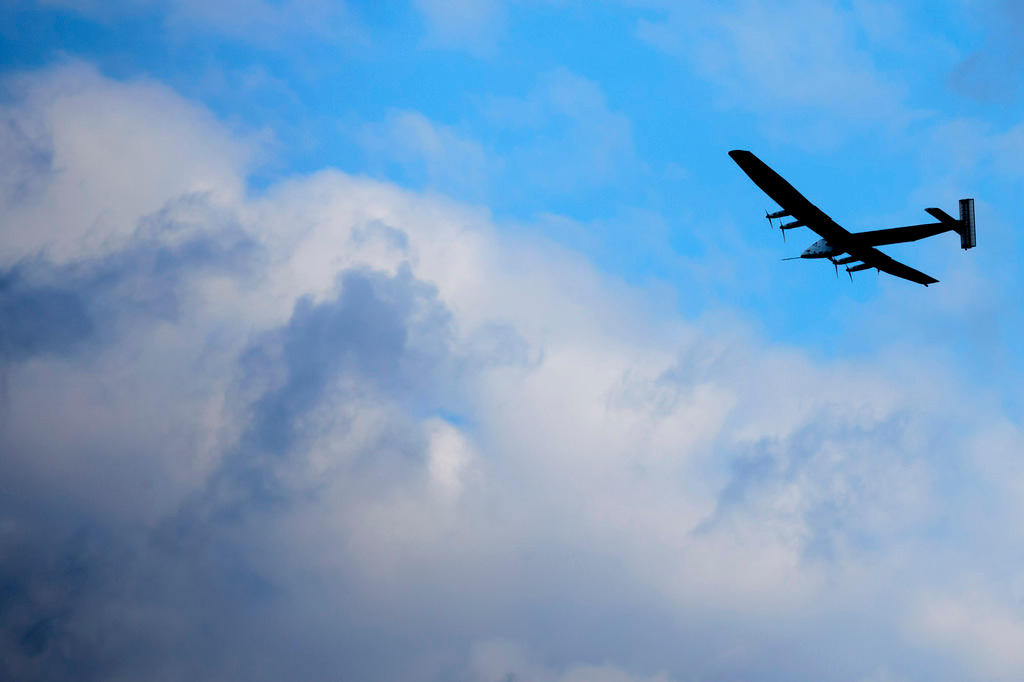
Solar Impulse – the Swiss solar aircraft – has completed the first-ever round-the-world flight by a solar plane. The record-breaking flight covered more than 40,000km without a single drop of jet fuel.
After about 48 hours of flight time, the plane landed in Abu Dhabi at circa 4am on Tuesday.
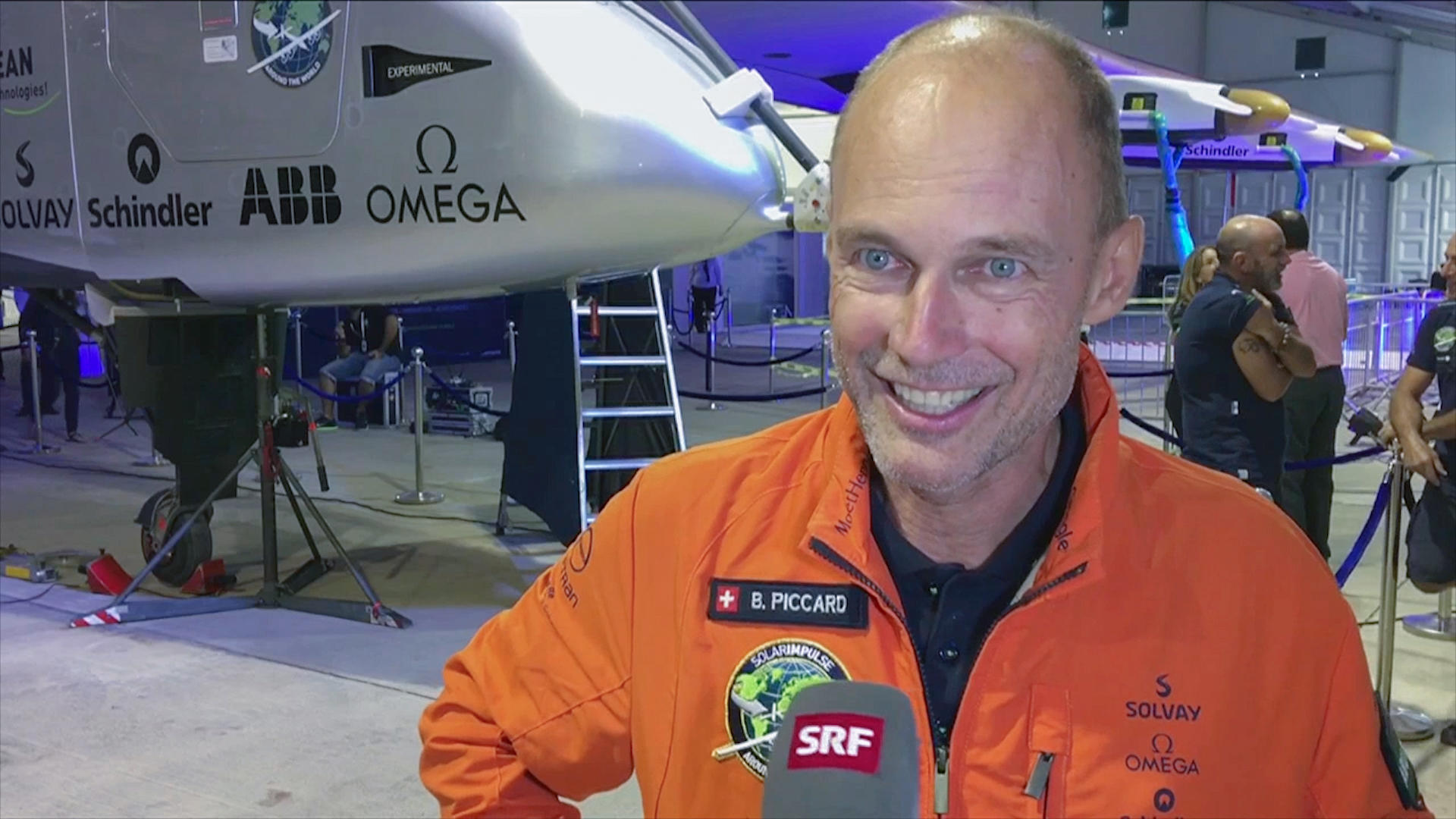
More
Solar Impulse adventurer Bertrand Piccard: ‘We did it!’
Here’s a cockpit video featuring the final few hours:
The circumnavigation flight feat represents the last of many solar aviation records broken by the Solar ImpulseExternal link project. Others include first night flight, first intercontinental flight, first ocean crossing, and longest distance and duration for a solar flight. Then there was the longest-ever solo flight for any pilot in any aircraft, when Swiss pilot André Borschberg was up in the air for more than 117 hours.
For the final leg of the round-the-world tour, project initiator and Swiss adventurer Bertrand Piccard was at the controls.
BREAKING: it’s a first in the history of #energyExternal link, @solarimpulseExternal link is only the beginning, #futureiscleanExternal link pic.twitter.com/sRjD59Gi2xExternal link
— Bertrand PICCARD (@bertrandpiccard) July 26, 2016External link
Here are the facts on this high-flying project, which has been in the works for several years.
What is the Solar Impulse?
The Solar ImpulseExternal link is a completely solar-powered plane. Unveiled in 2009, it made history as the first solar aircraft to fly through the night in 2010. That was also the plane that flew across the continental United States in 2013. Engineers back at the base in Payerne, Switzerland, then fine-tuned the aircraft.
The current plane, presented in 2014 and dubbed Si2, is larger and more powerful than its predecessor. In March 2015, it kicked off its quest to fly around the world in several stages – a journey of about 40,000 kilometres with stops in 17 destinations. However, poor weather pulled the adventure behind schedule, and overheated batteries forced the Solar Impulse team to postpone the project in July 2015. Si2 spent the winter in a Hawaiian air hangar, and resumed its round-the-world tour in April 2016.
How big is the plane, and how many people can it carry?
With a wingspan of 72 metres, it’s a bit wider than a Boeing 747 Jumbo Jet. But instead of carrying 400 passengers, the Si2 only has room for a single pilot in its 3.8 m3 cockpit. It weighs 2,300 kilograms, about as much as an SUV.
Who are the pilots?
Two pilots took turns flying this plane, just as they did with the prototype. Initiator Bertrand Piccard, who comes from a family of explorers and scientists, is known for making the first round-the-world balloon flight. CEO André Borschberg is an engineer, a former Swiss Air Force pilot and graduate of the Massachusetts Institute of Technology. There was also a test pilot, Markus Scherdel, who helped make sure the Si2 was airworthy.
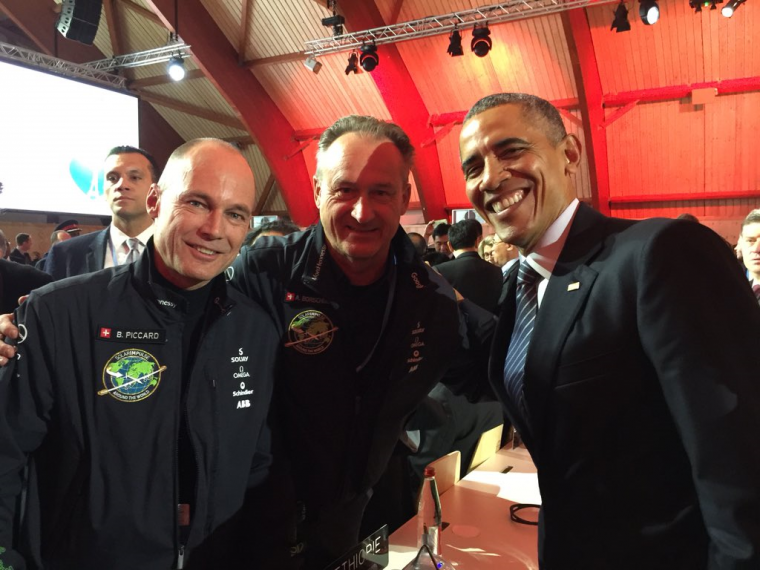
How does it work?
The wings are covered in 17,248 solar cells, which feed the plane’s lithium polymer batteries. These in turn help the Si2 to generate and store enough energy to power its motors to fly for longer periods. Extremely lightweight materials also contribute to the aircraft’s energy efficiency. However, it can only fly in fair weather – and is sensitive to high winds. Meteorologists help the Solar Impulse team to find the best weather windows. Departures can be delayed for days if there’s rain, which was the case in India in mid-March 2015.
Can it really fly in the dark?
Thanks to the batteries, yes. During the day, it climbs to its maximum cruising altitude of 8,500 metres to capture the most rays. To conserve energy, it works its way down to 1,500 metres in the evening, and stays there overnight. The maximum speed is 90km/hour. The flight from Abu Dhabi to Muscat, for example, took 13 hours – something a normal plane could do in about 90 minutes.
How long can the Si2 fly?
In theory, and under the right weather conditions, the Si2 could remain in perpetual flight, but that would be a bit much for the pilots and crew. The longest flight was the leg from Japan to Hawaii, covering 8,924km over a period of four days, 21 hours and 52 minutes – a world record for a solar plane with a pilot.
Because the temperature can range from -40°C to 40°C, the pilots have several layers of clothing. They also carry a week’s supply of water and specially-prepared food, plus oxygen for use at the higher elevations. In an emergency, they can bail via parachute and float away on a life raft.
What will @bertrandpiccardExternal link & @andreborschbergExternal link take with them in #Si2External link's cockpit? @ParisMatchExternal link
http://t.co/gnS9dlXdBNExternal link pic.twitter.com/VEqRn8BH4dExternal link
— SOLAR IMPULSE (@solarimpulse) March 16, 2015External linkHow do the pilots sleep or go to the bathroom?
Autopilot and a special seat make both activities possible. The pilot can recline and move around somewhat to keep his circulation going. If nature calls, he can convert the seat into a lofty portable potty. Except for 20-minute power naps, they’ll hardly get more than two or three hours of sleep per 24-hour period. Piccard, who is also a psychiatrist, uses self-hypnosis techniques to cope with that. Borschberg meditates and does yoga. Physicians as well as a yoga guru will be monitoring them from the ground.
How many other people are involved?
More than 100 people are part of the Solar Impulse team – including dozens of engineers. The folks at mission control, located in Monaco, are in constant contact with the pilot and the plane. Data, including hundreds of technical parameters, is transmitted via satellite. For every destination, a ground crew shows up in advance to prepare for the arrival as well as the next departure.
Who’s paying for all this?
This “idea born in Switzerland” has an overall budget of CHF170million ($177million). Because of the delay, that’s CHF20million more than originally planned – but the project managed to raise it within a few months of stopping in Hawaii. Solar Impulse’s many partners include the Swiss government, which granted Solar Impulse the use of two airbases. The mission control centre is funded by Prince Albert of Monaco’s environmental protection foundation. In addition, numerous companies and institutions have contributed their expertise and high-tech materials. The names of the Si2’s main and official partners are written on the plane.
What’s the point?
Indeed, this technology could hardly replace commercial aviation. It’s not meant to.
“Solar Impulse was not built to carry passengers, but to carry messages. We want to demonstrate the importance of the pioneering spirit, to encourage people to question what they’ve always taken for granted. The world needs to find new ways of improving the quality of human life. Clean technologies and renewable forms of energy are part of the solution,” says Piccard.
The round-the-world route included several destinations where the Solar Impulse team spent time introducing the plane and promoting its message of the power of renewable energy.
What’s next for the Solar Impulse project?
As Borschberg told the Swiss newspaper Tribune de GenèveExternal link on Tuesday, the world tour is “just the beginning” for the Solar Impulse.
“The plane’s role as a laboratory and platform for clean technology was one of the reasons for the Solar Impulse adventure,” he said. “It would be a shame to stop there. Solar Impulse is an extraordinary basis for the development of future technologies.”
The technology that powered Si2 has many applications. For example, Solar Impulse inspired Swiss lift and escalator manufacturer Schindler to create a solar-powered elevator. And Solar Impulse engineers have been looking into the External linkfeasibility of solar drones.
As for the plane itself, Borschberg would like to keep it in working condition for as long as possible.
“It was designed to fly 2,000 hours but it only has 700 on the clock. It’s still new and can be used for testing and the development of clean energy,” he said. The first plane is on display at the Paris Science Museum.
Got more questions about Solar Impulse or renewable energy in Switzerland? Contact the author on Twitter @SMisickaExternal link.

In compliance with the JTI standards
More: SWI swissinfo.ch certified by the Journalism Trust Initiative
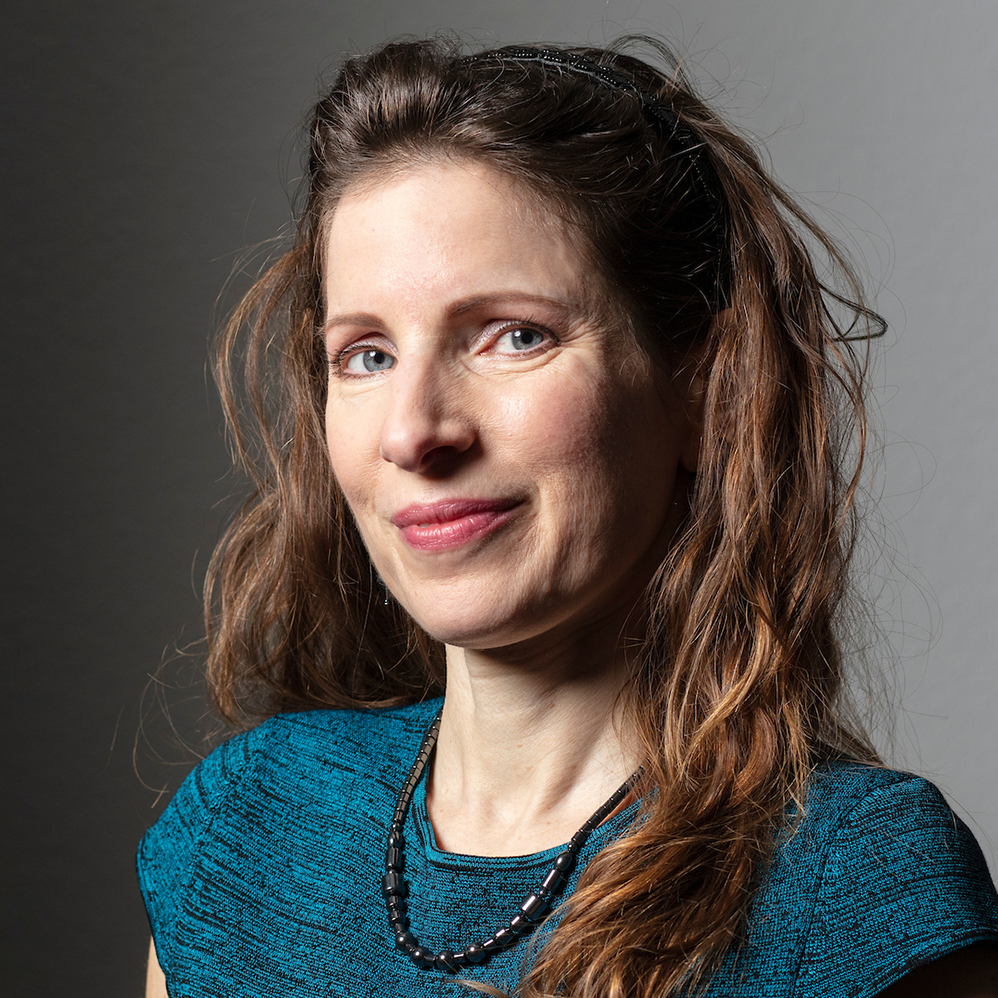
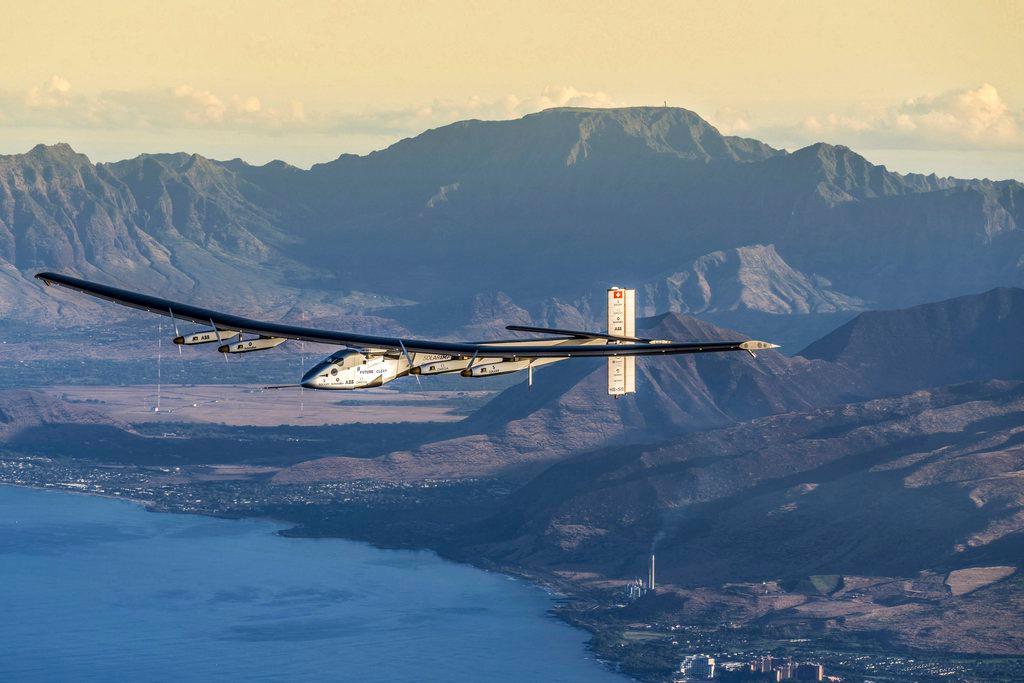
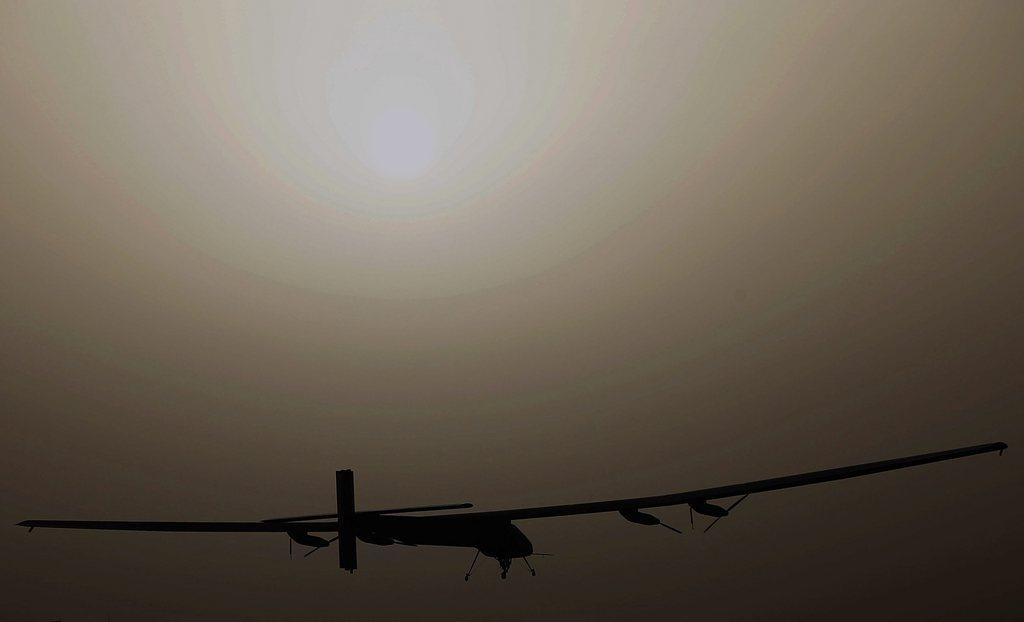
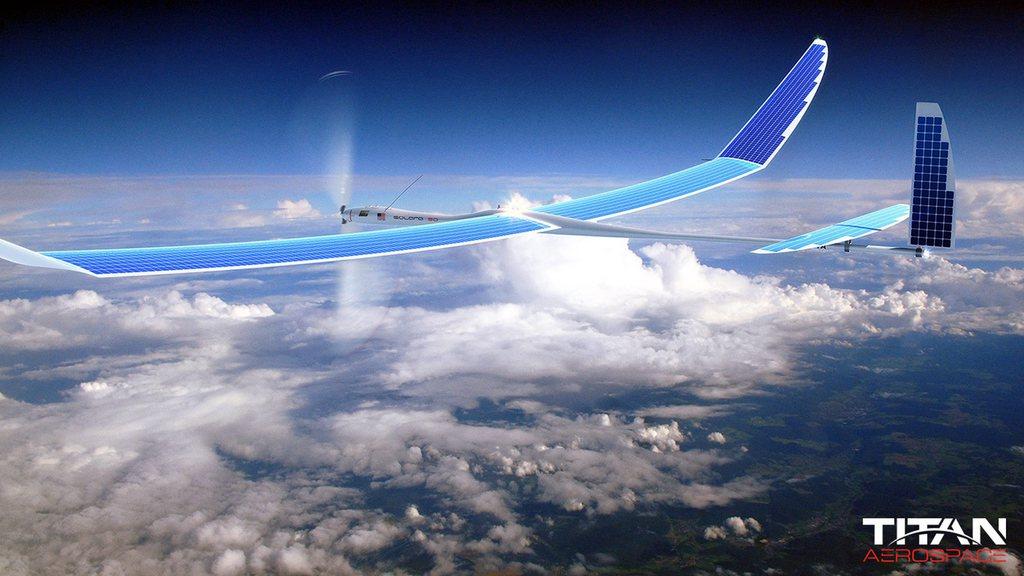
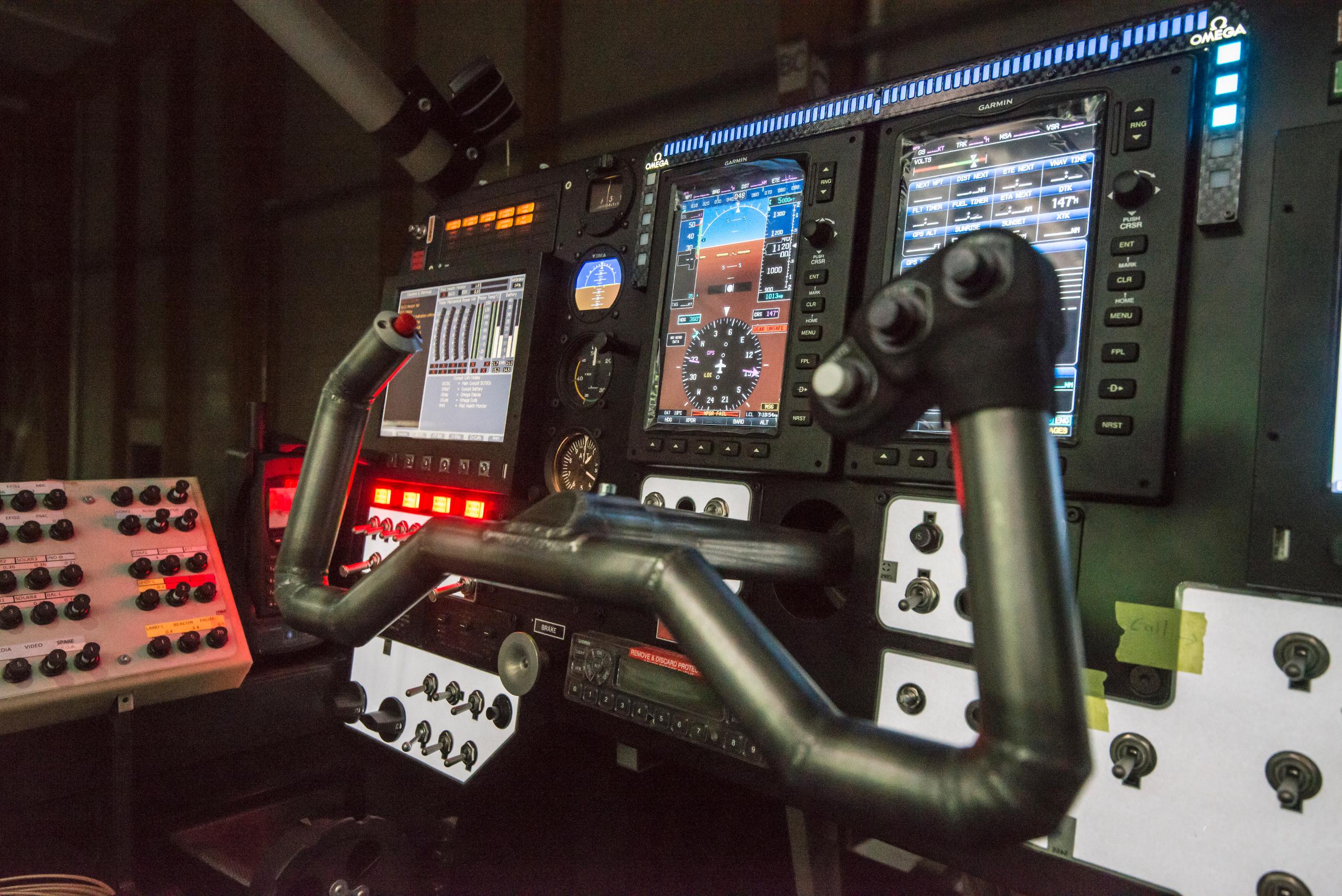
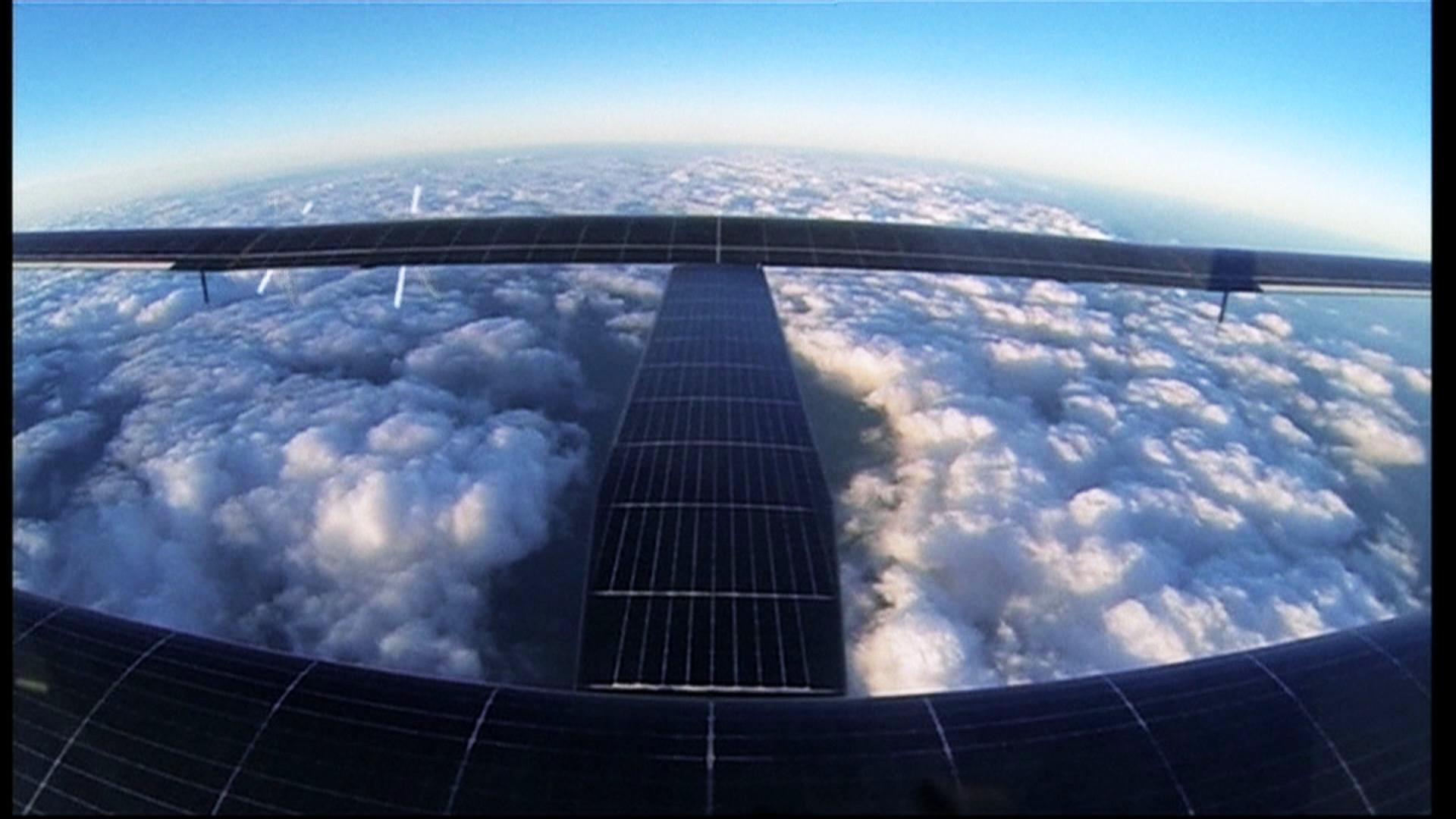
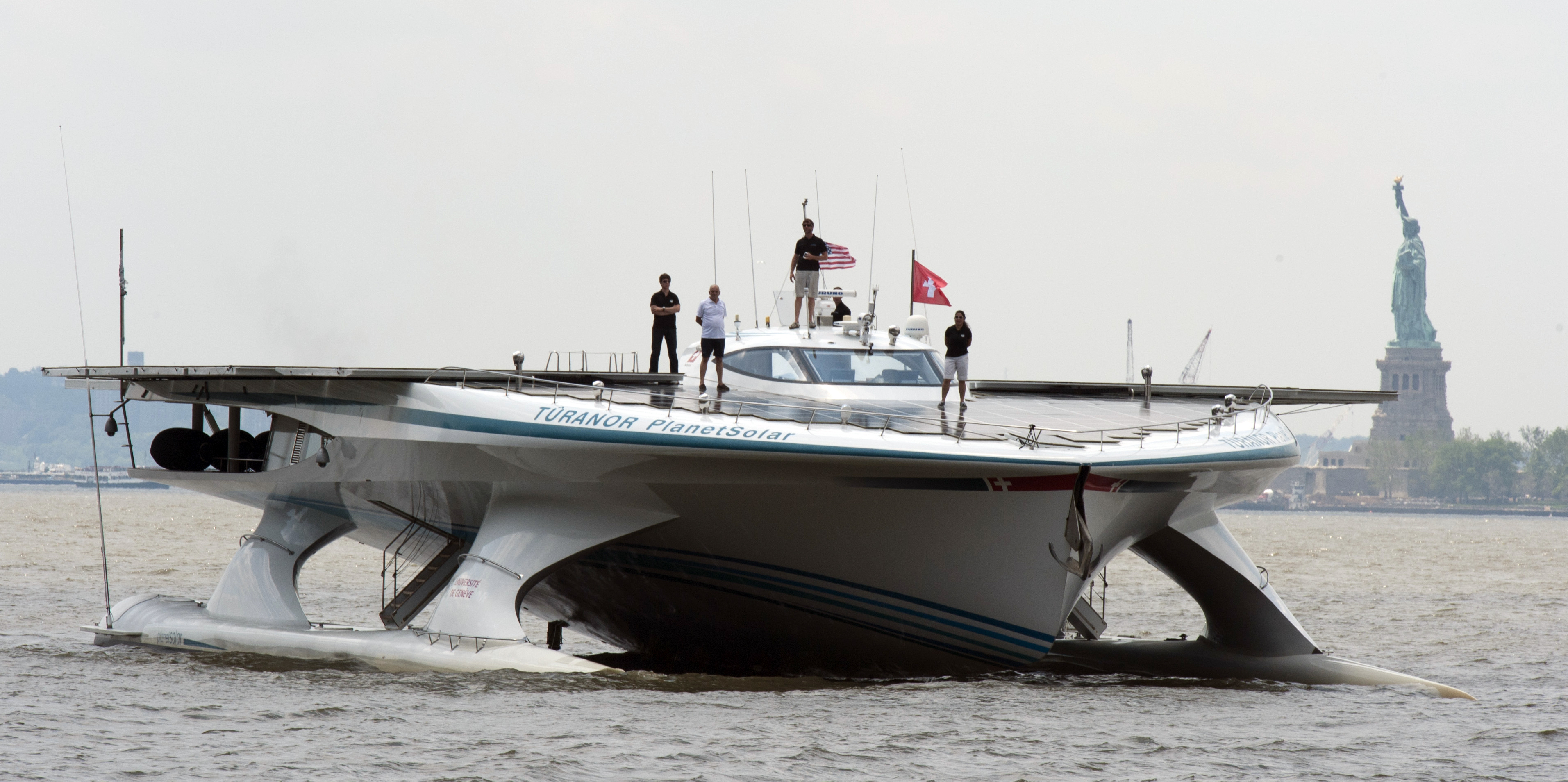
You can find an overview of ongoing debates with our journalists here . Please join us!
If you want to start a conversation about a topic raised in this article or want to report factual errors, email us at english@swissinfo.ch.